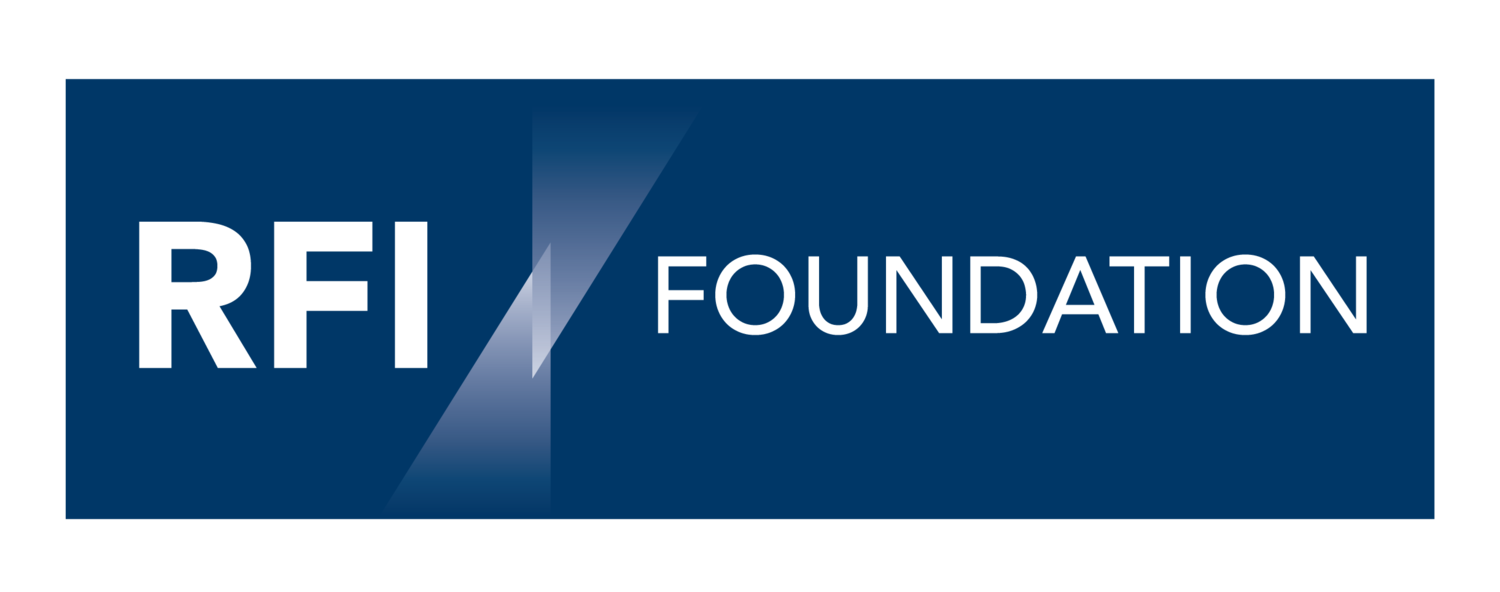RFI Newsletter Articles
Filter by topic
- ACMF 1
- AI 1
- ASEAN 3
- ASEAN Taxonomy 2
- Banking Supervision 1
- Blue Economy 2
- Blue Finance Challenge 1
- COP28 3
- Carbon Credits 1
- Central Asia 1
- Climate Disclosures 1
- Climate Mitigation 1
- Climate Risk 13
- Climate Scenario Analysis 1
- Climate Stress Test 1
- Coal Phase-Out 1
- Credit Ratings 1
- ESG 5
- Emerging Markets 10
- Emissions Intensity 1
- Ethical Finance 1
- FinTech 1
- Financed Emissions 2
- Financed Emissions Data 6
- Financial Institutions 9
- Financial Mateirality 1
- GCC 2
- GHG Protocol 1
- GVI Hub 3
- Global Stocktake 1
- Green Bonds 2
- Greenwashing 1
- ISSB 1
- Institutional Investors 1
- Islamic Banking 3
- Just Transition 2
- MAS 1
- MENA 2
- MSMEs 1
- NGFS 2
- Nature Risk 3
- Nature-Related Disclosures 2
- Net Zero 5
- OIC 3
- Paris Agreement 2
- Portfolio Decarbonization 3
- Refintiv 1
- Responsible Finance 3
- Risk Management 1
- SBTi 2
The transition teething process often means two steps forward and one step backwards
The development of frameworks and supporting policies to guide more finance towards the green transition (both into green projects and to enable energy transition in line with global Net Zero 2050) is a positive, but there remains uncertainty about which policies will be effective and which will be counterproductive. In addition to the policy uncertainty, there is also substantial doubt about whether the financial system as a whole – comprised of regulators, management and staff at financial institutions, investors, capital markets (domestic and international) and ratings agencies – is able to row in the same direction at the same time.
One recent example of the pitfalls that lie close to the surface under the structures being built to transform the financial and non-financial corporate sectors was when the Science Based Targets Initiative (SBTi) outlined a proposed change to its net zero targets that would allow companies to use carbon credits to abate Scope 3 emissions, which quickly sparked a significant backlash.
At issue is where to draw the line about responsibility for emissions within a value chain. One argument in favor of allowing offsets for Scope 3 emissions is that they are generally outside of a company’s control, and the requirement for offsets retains a financial incentive to do more than disclose Scope 3 emissions. The mechanism of carbon credits provides a way to direct finance towards projects that could reduce global emissions.
The challenge – which ties into the process of experimentation in the way financial systems are being adapted – is that although companies don’t usually have operational control of their Scope 3 emissions, it could still influence their behavior in sub-optimal ways.

